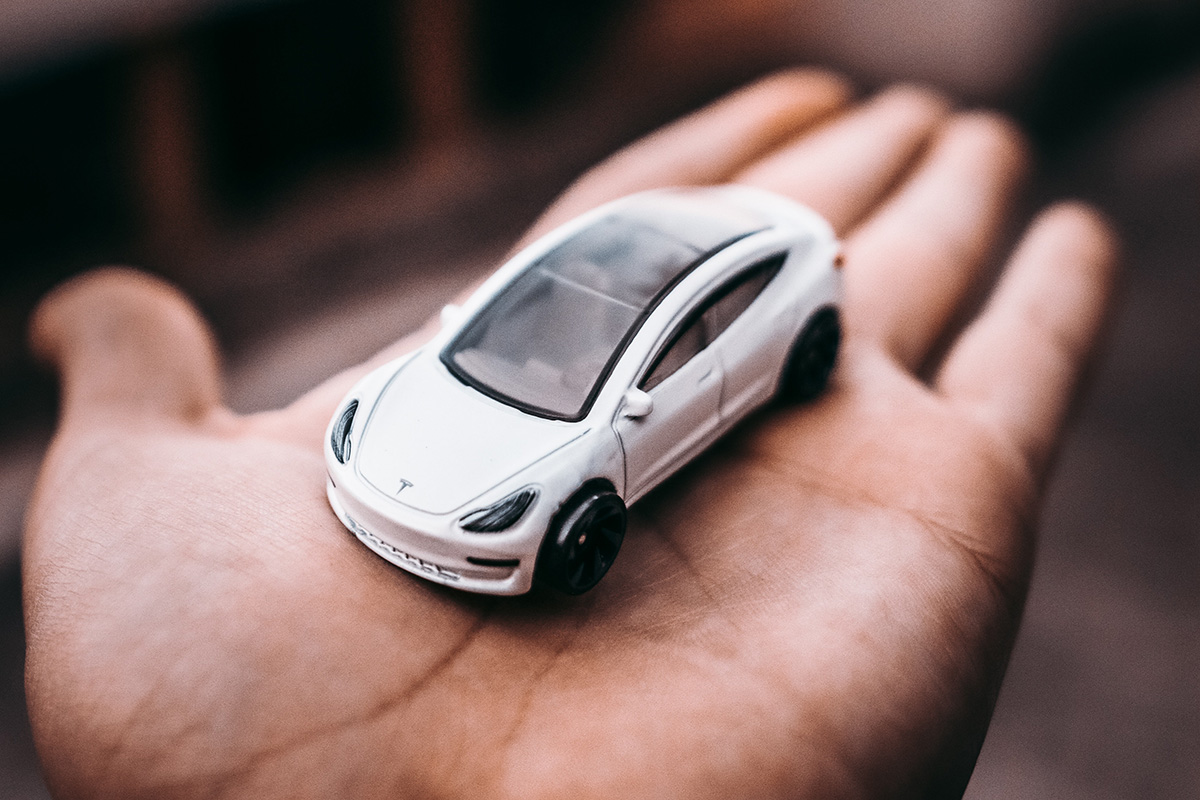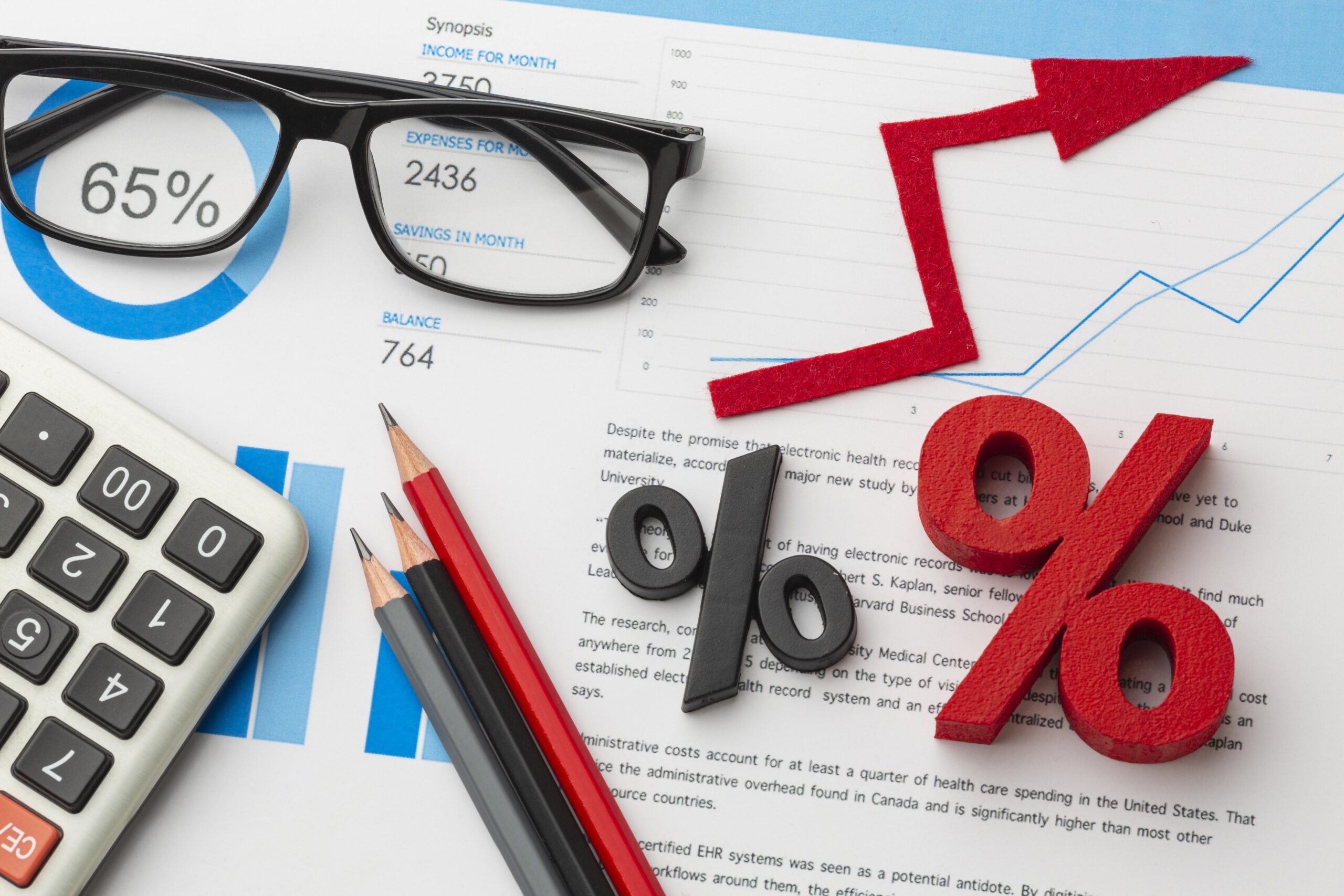
Yes- many Aussies went from having a brand new 4×4 in their vision board, to settling for a fuel efficient hatchback big enough to fit the family or some sporting gear. If you think that’s just poor budget management, this time it definitely isn’t.
It’s not a feeling, like the famous car dealership says. This time, it’s a fact: new and used vehicle prices have escalated fast in the past two years- just like petrol, groceries, real estate, etc. Salaries? Not so much…
The reasons are multiple, and they go from supply issues stemming from a semiconductor shortage, increases in cost for raw materials, complications around shipping and parts procurement, factory shutdowns and other pandemic-related issues. So, what are the exact rising numbers? And what’s the best option if someone opts for financing their next car?
A fresh odometer
According to a detailed analysis of 1,100 models by goauto.com.au, prices have gone up a 7.6% on average since March 2020. However, these numbers vary greatly depending on the model and manufacturer. One of the most surprising increases is the Toyota Yaris, which is 37% more expensive than in 2020.
These are some of the most popular brands price increases in the past two years:
| Model | % |
|---|---|
| Land Rover | 9.01% |
| Audi | 8.59% |
| BMW | 8.42% |
| Jaguar | 5.33% |
| Lexus | 3.36% |
| Volkswagen | 9.83% |
| Hyundai | 9.06% |
| Jeep | 8.91% |
| Nissan | 8.59% |
| Toyota | 7.70% |
| Fiat | 7.21% |
| Mitsubishi | 6.80% |
| Renault | 6.60% |
| Subaru | 6.00% |
| Citroen | 5.93% |
| Mazda | 5.30% |
| Ford | 2.73% |
Previously loved cars
Thanks to waiting times and wily sellers taking advantage of the travelling restrictions and other variables, used cars have increased by 50%, according to Datium Insight’s price index. This number is expected to decrease a bit now that all states and territories are restriction-free, but the global economy will still dictate a big part of the future of the vehicle industry and market.
How to afford a car upgrade
If you’re wondering how your friend from work got himself that pretty car you wish you had, there’s a big chance he or she took out finance to purchase it with Mozo research showing that 52% of car buyers took out a loan to buy a vehicle in the past decade, for an average loan size of $25,000.
And when it comes to timeframes to pay that loan back, while most car loan providers offer a maximum term of up to 7 years, the average loan is usually repaid in the 2-3 year range.
It’s also worth mentioning that if you’re purchasing the vehicle for your business, the federal government’s temporary full expensing scheme can help your business’s cash flow ahead of the financial year deadline of June 30.
If you’re thinking about financing your next car, get in touch with us today.
Any advice is general in nature only and has been prepared without considering your needs, objectives or financial situation. Before acting on it you should consider its appropriateness for you, having regard to those factors.
Latest News Articles
Back to Latest News
RBA Holds Rates Steady as Signs of Cooling Emerge

Budgeting on a Rollercoaster Tradie Income


